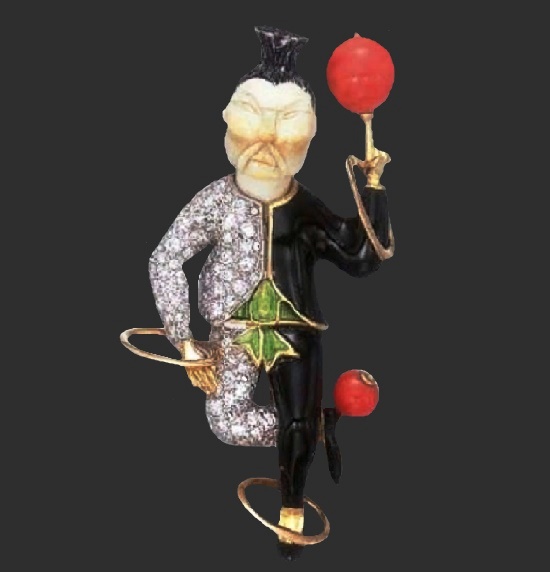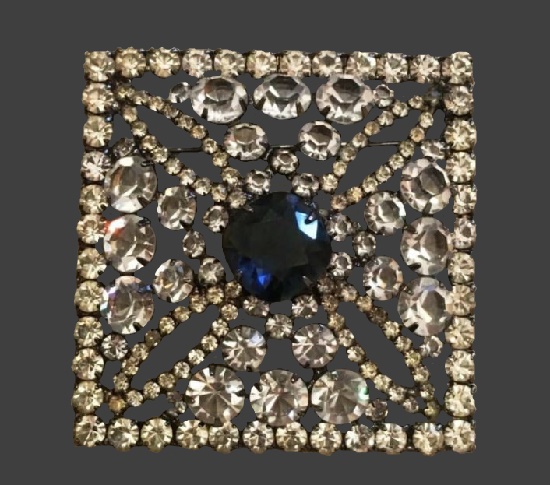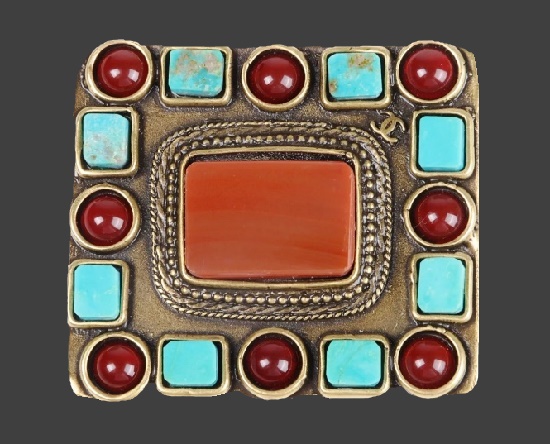Edlee vintage costume jewelry
Edlee vintage costume jewelry
The history of the Edlee jewelry brand began in 1947 as a family business founded by Edward Stempa (1908 – 1984) and his wife Lee Stempa. Born in Poland, Edward Stempa moved to the United States before World War II and settled in Bronx, New York. His company’s name Edlee Creations, Inc. comes from the first two letters of his name and the name of his wife. The couple had two sons, Myron (born 1932) and Jerome (born 1935).
NY Edlee Creations, located at 560 Seventh Avenue in New York City, was a small team of artisans who made high-quality novelties and jewelry in Art Deco and Etruscan style with floral motifs. Traditionally, they used multicolored iridescent rhinestones, molded luminous glass, enamel, pewter and metal alloys. Notably, the earliest marking included Edward Stempa N.Y.C., and since 1947 changed to EDLEE with a copyright mark.
Many of Edward Stempa’s designs have been included in Copyright Catalogs published since 1950. Edward retired in 1973 and sold his business. Today, Edlee jewelry is quite rare and highly collectible.
Noteworthy, Edlee Jewelers Corp., incorporated on February 26, 1974 and headed by Edward Russo, ceased to exist in 2012. Anyway, it was a different company.
Read more »






